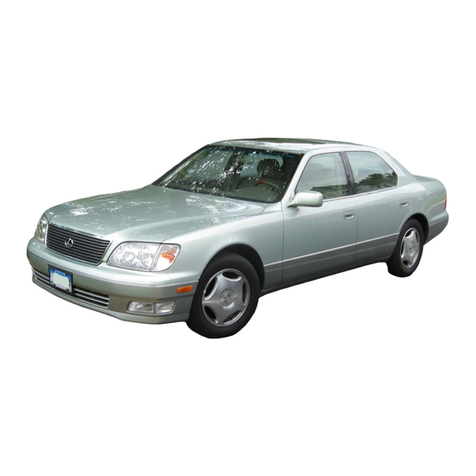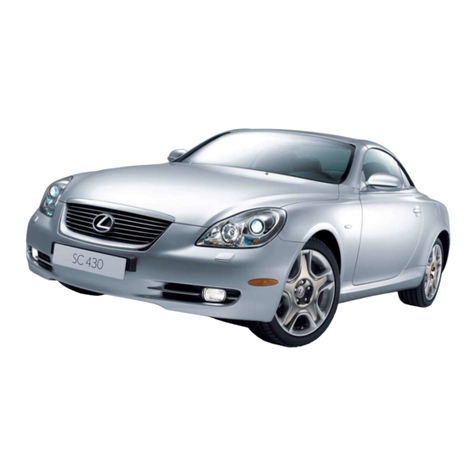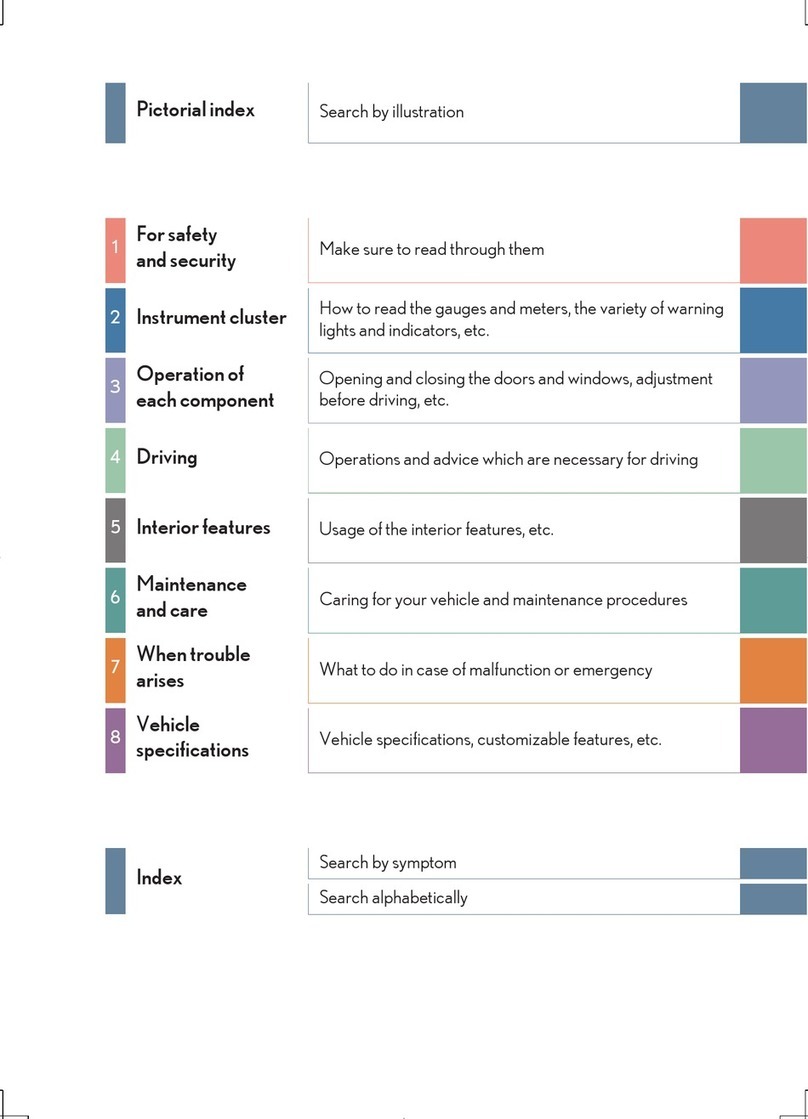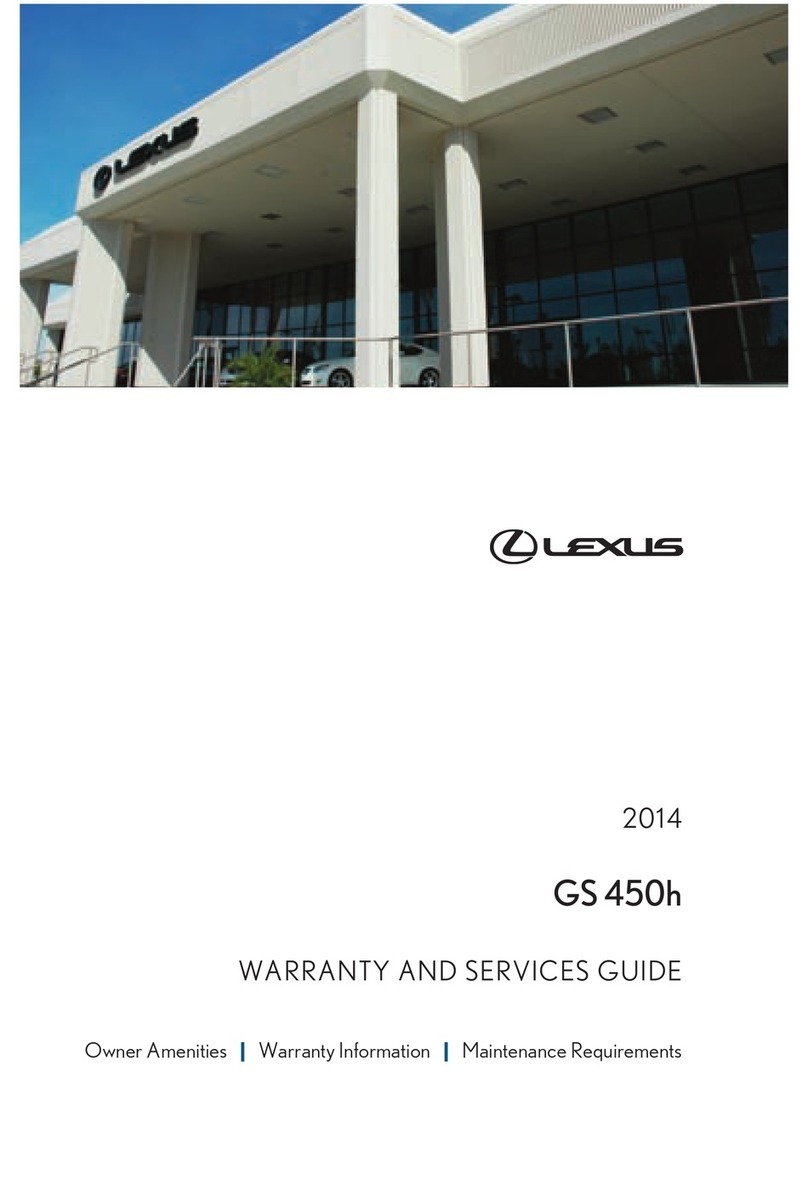iii
Table of Contents
About the HS250h......................................................................................................................................1
HS250h Identification................................................................................................................................2
Exterior .........................................................................................................................................................3
HS250h Identification (Continued)..........................................................................................................4
Interior...........................................................................................................................................................4
Engine Compartment....................................................................................................................................5
Hybrid Component Locations & Descriptions........................................................................................6
Specifications................................................................................................................................................7
Lexus Hybrid Drive Operation.................................................................................................................8
Vehicle Operation..........................................................................................................................................8
Hybrid Vehicle (HV) Battery Pack and Auxiliary Battery.....................................................................9
HV Battery Pack............................................................................................................................................9
Components Powered by the HV Battery Pack.............................................................................................9
HV Battery Pack Recycling.........................................................................................................................10
Auxiliary Battery..........................................................................................................................................10
High Voltage Safety .................................................................................................................................11
High Voltage Safety System........................................................................................................................11
Service Plug Grip........................................................................................................................................12
Precaution to be observed when dismantling the vehicle.....................................................................13
Necessary Items.........................................................................................................................................13
Spills..........................................................................................................................................................14
Dismantling the vehicle...........................................................................................................................15
Removal of HV battery ...........................................................................................................................18
HV Battery Caution Label ...........................................................................................................................30



















































